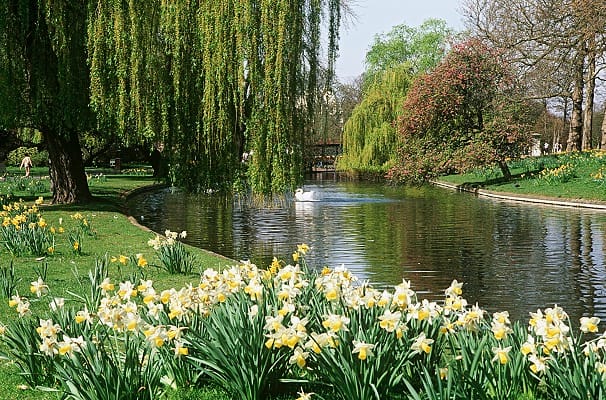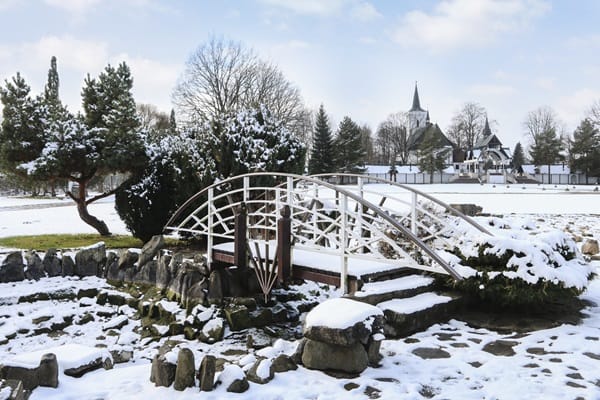Bussiness
The heart of a healthy city: Why parks matter – London Business News | Londonlovesbusiness.com

Parks are an essential part of urban landscapes, providing more than just green spaces; they are the heart of a community’s well-being and a cornerstone of sustainable urban development. A thoughtfully designed park fosters social interaction, promotes physical and mental health, enhances biodiversity, and increases property values, making it a critical element in creating a good town or city.
1. Community connection and social interaction
Parks are gathering places that bring people of all ages and backgrounds together. They host picnics, festivals, outdoor fitness classes, and casual meetings, fostering a sense of community. When a park is equipped with amenities like benches, gazebos, and picnic areas, it becomes a natural hub for social interaction. By offering a shared space for residents to relax, converse, and bond, parks help create a sense of belonging and inclusivity.
2. Health and wellness benefits
Access to parks encourages physical activity, which is vital for overall health. Jogging trails, cycling paths, and open fields for yoga or sports provide opportunities for exercise. Parks also offer an antidote to the sedentary lifestyles that many city dwellers face. Studies show that spending time in green spaces can reduce stress, improve mood, and boost mental health. The fresh air and connection with nature rejuvenate urban residents and provide an escape from the concrete jungle.
3. A haven for children
A well-designed park with outdoor play equipment is a treasure for families and children. Swings, slides, seesaws, and climbing frames not only provide hours of entertainment but also support children’s physical and cognitive development. Playgrounds help kids build social skills, as they learn to share, take turns, and collaborate with peers. Additionally, the physical activity associated with outdoor play improves motor skills, coordination, and strength.
Modern playgrounds also incorporate inclusive play equipment to ensure children of all abilities can enjoy the space. This inclusivity is vital for creating towns and cities where every resident feels valued and supported.
4. Environmental and economic benefits
Parks play a key role in enhancing urban environments by improving air quality, reducing urban heat, and supporting biodiversity. Trees and plants act as natural air purifiers and provide cooling effects, which are particularly important in densely populated areas prone to the urban heat island effect.
From an economic perspective, parks increase the appeal of neighborhoods, boosting property values and attracting businesses and residents. Proximity to parks is often a top priority for families seeking a home, making them a worthwhile investment for urban planners.
5. Cultural and recreational opportunities
Parks can also serve as cultural venues, hosting art installations, concerts, and community events. They provide recreational opportunities that enrich residents’ lives, whether through sports, gardening, or simply enjoying a stroll. Parks with diverse features, such as water fountains, amphitheaters, or community gardens, cater to varied interests and encourage frequent use.
Incorporating well-planned parks into urban design is not a luxury but a necessity for creating a thriving town or city. Parks improve physical and mental health, foster community connections, and support the environment. For families, the presence of outdoor play equipment for children is especially significant, offering safe, stimulating spaces that promote growth and learning. By investing in parks, towns and cities lay the foundation for a happier, healthier, and more cohesive community.










